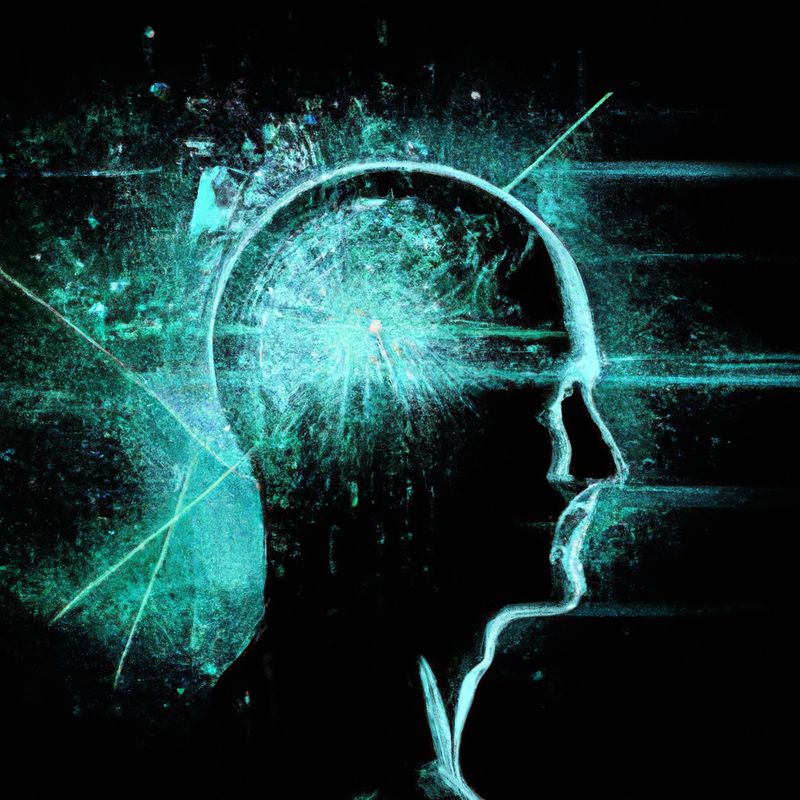Exploring the Benefits of Deep Learning Development

Deep learning is an advanced form of machine learning that has revolutionized the way machines interact with the world around them. It is a subset of artificial intelligence that focuses on the development of algorithms that can learn from large amounts of data. Deep learning is used to create powerful models that are capable of performing complex tasks such as image recognition, natural language processing, and autonomous driving. In this article, we will explore the benefits of deep learning development and how it can be used to create powerful applications.
What is Deep Learning?
Deep learning is a branch of machine learning that uses multiple layers of artificial neural networks to process data. It is based on the idea that a computer can learn to recognize patterns in data and then use that knowledge to make decisions. Deep learning algorithms are capable of learning from large amounts of data and can be used to solve complex problems such as image recognition, natural language processing, and autonomous driving. Deep learning is becoming increasingly popular due to its ability to process data more quickly and accurately than traditional machine learning algorithms.
Benefits of Deep Learning Development
Deep learning development has a number of benefits that make it an attractive option for businesses and developers. The following are some of the most notable advantages of deep learning development:
Scalability: Deep learning algorithms are capable of scaling to large datasets, making them suitable for use in large-scale applications such as image recognition and natural language processing.
Accuracy: Deep learning algorithms are capable of achieving higher accuracy than traditional machine learning algorithms, making them ideal for applications where accuracy is critical.
Flexibility: Deep learning algorithms are flexible and can be adapted to different tasks, making them suitable for a variety of applications.
Speed: Deep learning algorithms are capable of processing large amounts of data quickly, making them ideal for applications that require fast response times.
Applications of Deep Learning Development
Deep learning development has a number of applications in various industries. The following are some of the most common applications of deep learning development:
Image Recognition: Deep learning algorithms can be used to recognize objects in images, making them ideal for applications such as facial recognition and object detection.
Natural Language Processing: Deep learning algorithms can be used to process natural language, making them suitable for applications such as chatbots and language translation.
Autonomous Driving: Deep learning algorithms can be used to process data from sensors and cameras, making them ideal for autonomous driving applications.
Medical Diagnosis: Deep learning algorithms can be used to diagnose diseases and detect anomalies in medical images, making them ideal for medical applications.
Conclusion
Deep learning development is a powerful tool for creating powerful applications. It is capable of scaling to large datasets, achieving higher accuracy than traditional machine learning algorithms, and processing data quickly. Deep learning development has a number of applications in various industries, including image recognition, natural language processing, autonomous driving, and medical diagnosis. As deep learning technology continues to evolve, it is likely that more applications will be developed that take advantage of its powerful capabilities.

